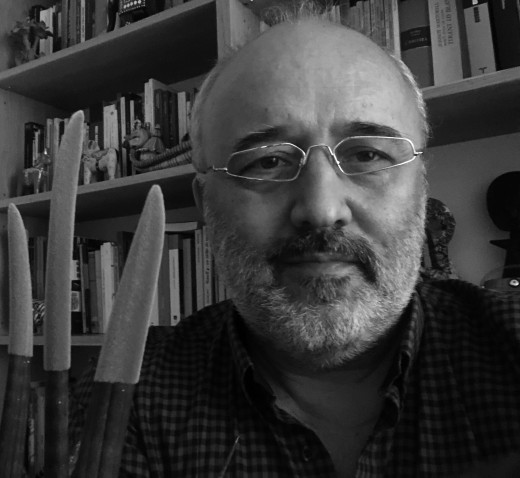On_line. Reed and write in the web
Original title: En_línea. Leer y escribir en la red
How do we read and write on the web? How do we inform ourselves and create meaning? Is it the same as the way it is done with books, paper, and pencil? Even more importantly, stuck to the screen and to the keyboard, do we learn and teach in the same way? Is it worth going to class if everything is on the web? The fundamental question is: What has changed with the arrival of the internet?
To answer these questions, we will reopen some scientific investigations, revising the main metaphors (digital natives and residents, worker bees in the hive, wines and bottles), and will discuss some important examples of websites, blogs, chat rooms, and other didactic resources. With a clear and critical multi-disciplinary point of view, we aim to discover how the internet is changing linguistic education, the practice of reading and writing, and the day to day running of classes. We are going to concentrate on education, from primary to university teaching, in the classroom or on a digital platform, but also the affected parties in culture, education, and among those passionate about technology.
How do we read and write on the web? How do we inform ourselves and create meaning? Is it the same as the way it is done with books, paper, and pencil? Even more importantly, stuck to the screen and to the keyboard, do we learn and teach in the same way? Is it worth going to class if everything is on the web? The fundamental question is: What has changed with the arrival of the internet?
To answer these questions, we will reopen some scientific investigations, revising the main metaphors (digital natives and residents, worker bees in the hive, wines and bottles), and will discuss some important examples of websites, blogs, chat rooms, and other didactic resources. With a clear and critical multi-disciplinary point of view, we aim to discover how the internet is changing linguistic education, the practice of reading and writing, and the day to day running of classes. We are going to concentrate on education, from primary to university teaching, in the classroom or on a digital platform, but also the affected parties in culture, education, and among those passionate about technology.
